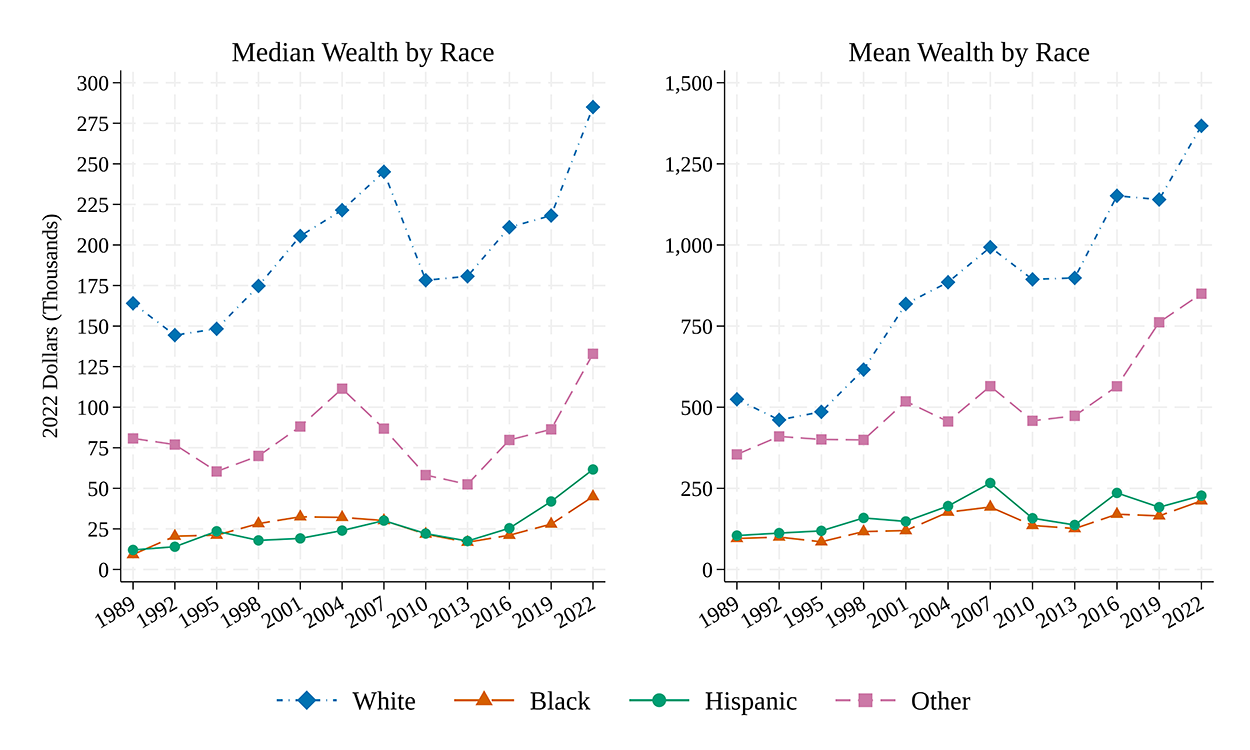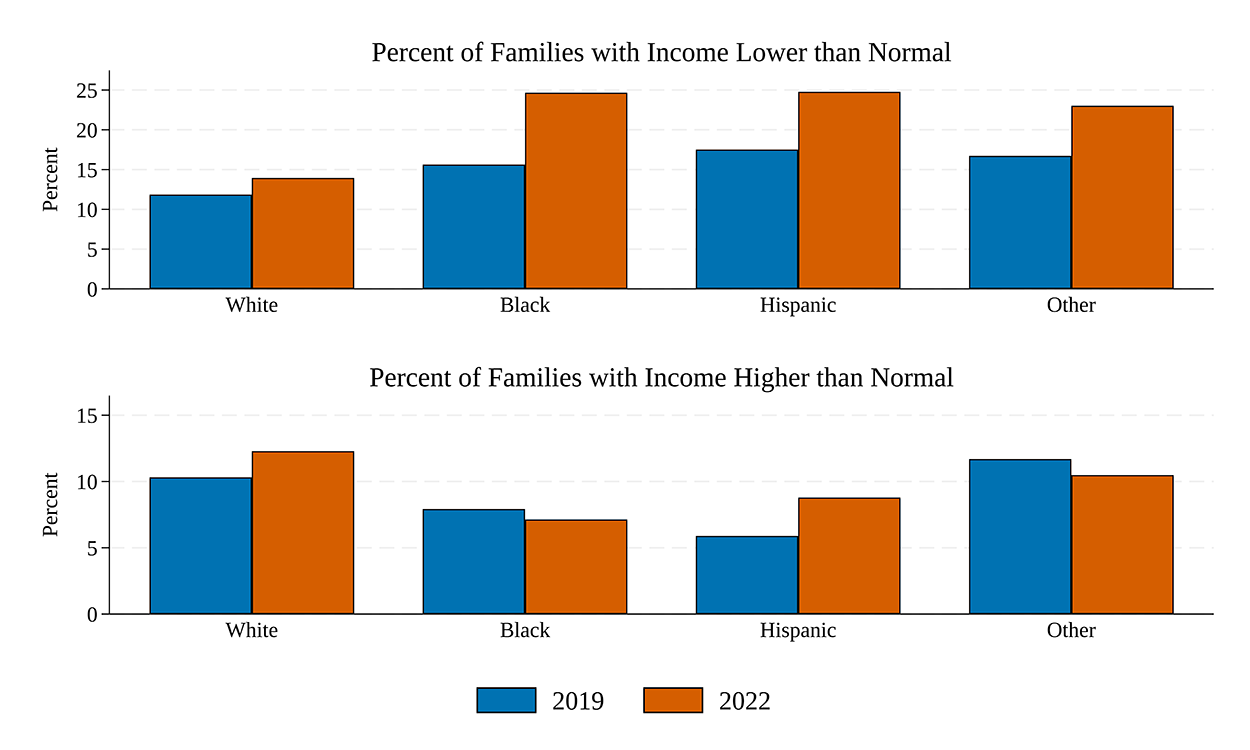

Space warfare is much closer to naval warfare on Earth, so naval tactics and strategies are more transferable when applied to space. For example: taking weeks to maneuver, and firing at your opponent 100,000 of kms away.
Air sorties are typically completed within hours, because it is ultimately limited by the fuel they can carry.







Lenin lived, Lenin lives, and Lenin will live forever!
Ленин жив - Lenin lives. Only two people in history have ever been bestowed with this honor. The other person is Viktor Tsoi of KINO.